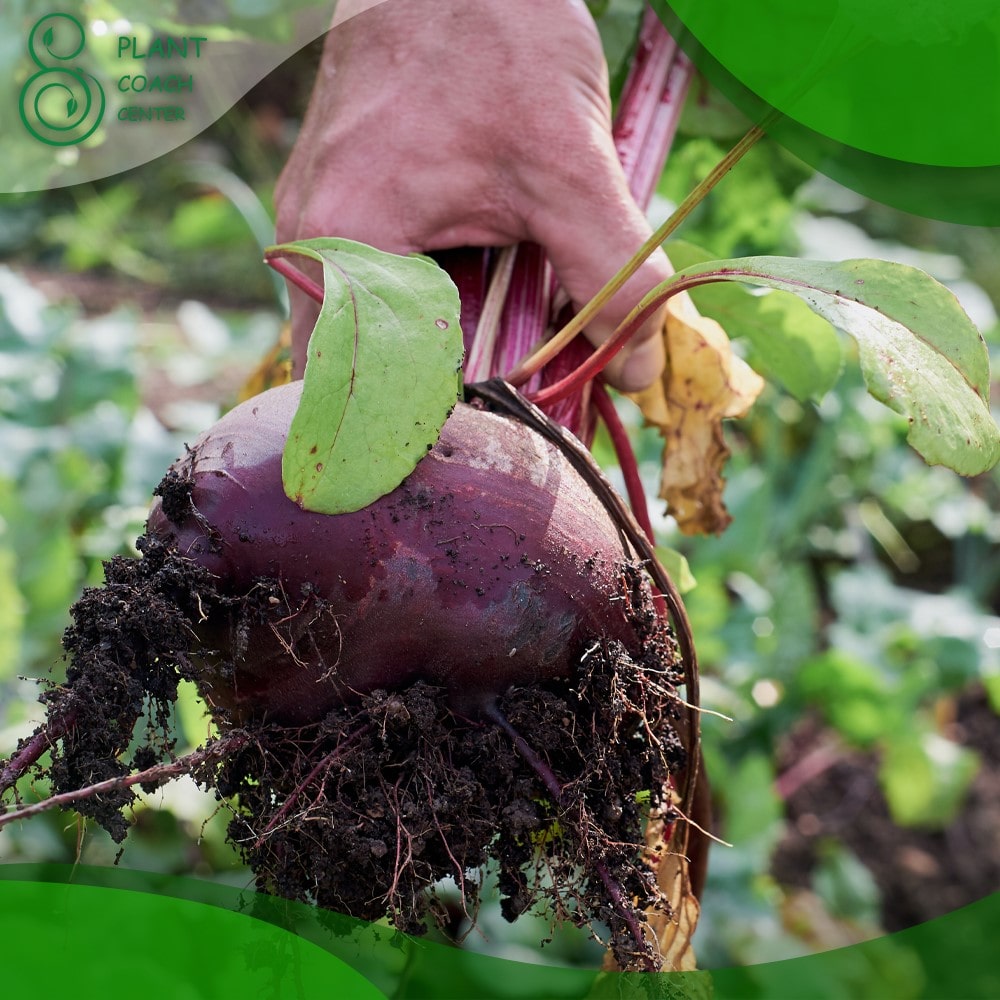When to Plant Beetroot
There’s a unique sense of satisfaction that comes from sinking your teeth into a beetroot you’ve grown yourself, relishing its earthy flavor and sweet undertones. However, knowing when to plant beetroot can be tricky for both novice and experienced gardeners.
This comprehensive guide, brought to you by PlantCoachCenter.com, is designed to be your lighthouse, guiding you through the process of beetroot planting, maintenance, and even the most common problems you might encounter.
Understanding Beetroot
The Beetroot Plant
The beetroot, scientifically recognized as Beta vulgaris, is a root vegetable that stands out for its deep, purplish-red hue. This hardy biennial plant can be grown as an annual crop and is renowned for its ability to thrive in cooler seasons.
A member of the Chenopodiaceae family, the beetroot is a close relative of spinach and chard. This versatile plant offers more than just its heart-shaped leaves and bulbous roots; the seed clusters and young stems are also edible, making it a favorite among gardeners and chefs alike.
Nutritional Value and Health Benefits
The humble beetroot is a powerhouse of vital nutrients. It’s densely packed with fiber, folate, manganese, potassium, iron, and vitamin C. Additionally, beetroots are a rich source of nitrates and betalains, plant compounds that function as antioxidants and anti-inflammatories.
Studies reveal that these compounds can help lower blood pressure, boost physical performance, and combat chronic diseases such as heart disease and type 2 diabetes. The leaves of the beetroot plant, often overlooked, are also nutrient-dense, providing a healthy dose of potassium, calcium, riboflavin, and vitamin A.
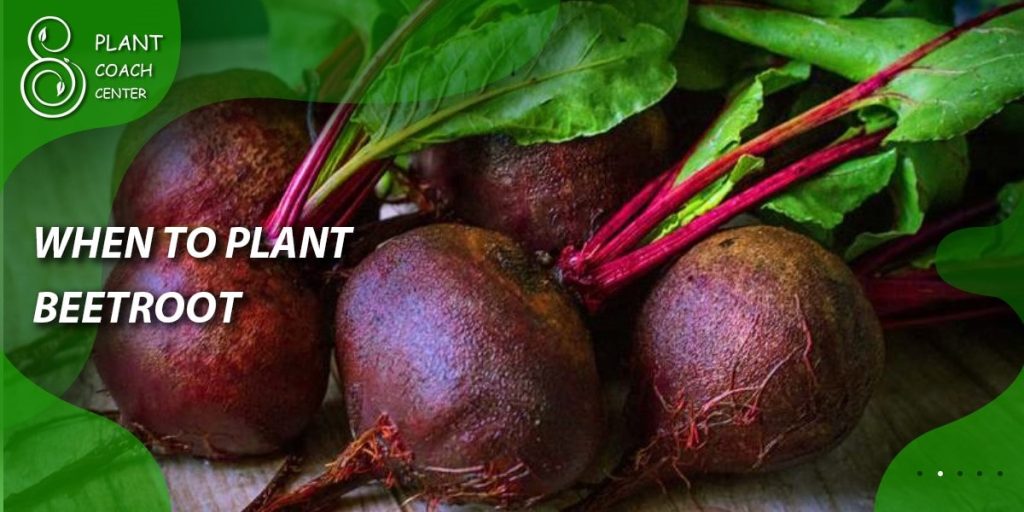
Why Timing Matters
Importance of Season
The question of when to plant beetroot is pivotal to successful cultivation. This hearty vegetable is a cool-season crop, which means its growth peaks in the spring and fall when temperatures hover between 50 and 75 degrees Fahrenheit. Beetroot is biennial, but it’s commonly grown as an annual plant, producing its leafy tops and round roots in just one season.
Climate Considerations
While beetroots are robust and can withstand a variety of growing conditions, climate plays a significant role in determining the best planting time. In colder regions, beetroot seeds can be planted in late spring for a summer harvest. Conversely, in warmer, more temperate areas, planting in late summer or early fall for a winter harvest is more feasible.
When to Plant Beetroot
Planting in Spring
For spring planting, it’s ideal to sow beetroot seeds as soon as the soil becomes workable, typically two weeks before the last expected frost. The soil temperature should be at least 40 degrees Fahrenheit. However, beetroots can handle a bit of frost, so don’t worry if a late cold snap occurs after planting.
Planting in Fall
For fall planting, timing is equally crucial. Aim to plant beetroot seeds about 10-12 weeks before the first expected frost. This will allow your plants enough time to mature before the cold weather sets in.
Regional Variations
In balmy climates, where winter is mild, beetroot planting can extend well into the winter months. If you live in such a region, consult local gardening resources or agricultural extension services for the most accurate planting times.
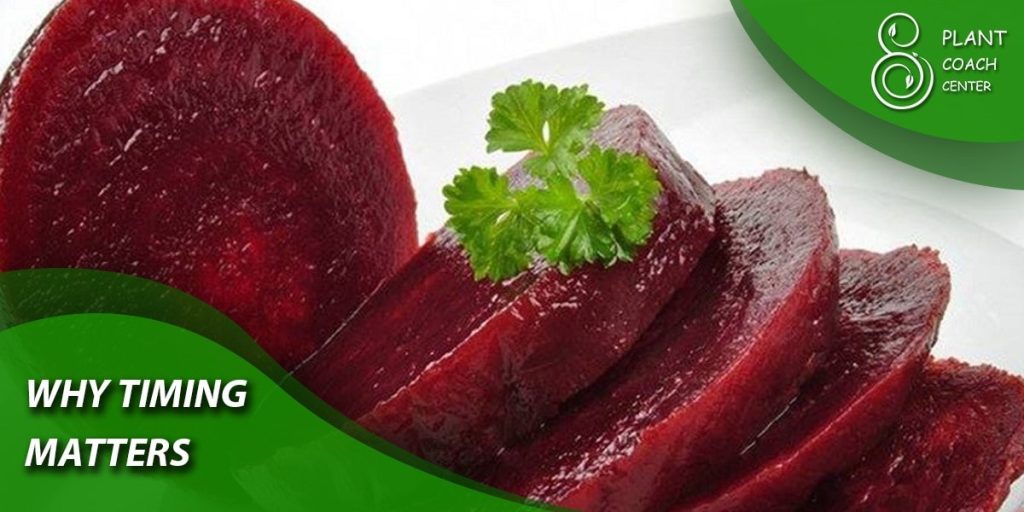
How to Plant Beetroot
Site Preparation
Before sowing your seeds, it’s essential to choose an appropriate site. Beetroots prefer full sun but can tolerate partial shade. They grow best in loose, well-draining soil, rich in organic matter. Clear the site of any rocks, sticks, or other debris that could obstruct the growth of the beetroot’s taproot. Also, consider adding compost or a balanced fertilizer to the soil to boost nutrient levels.
Sowing the Seeds
Beetroot seeds are clusters containing several tiny seeds. Plant these clusters about 1 inch deep and 2-3 inches apart in rows that are 12-18 inches apart. After sowing, water the area thoroughly. To encourage germination, maintain consistent soil moisture, but avoid waterlogging, as this can lead to seed rot.
Care and Maintenance
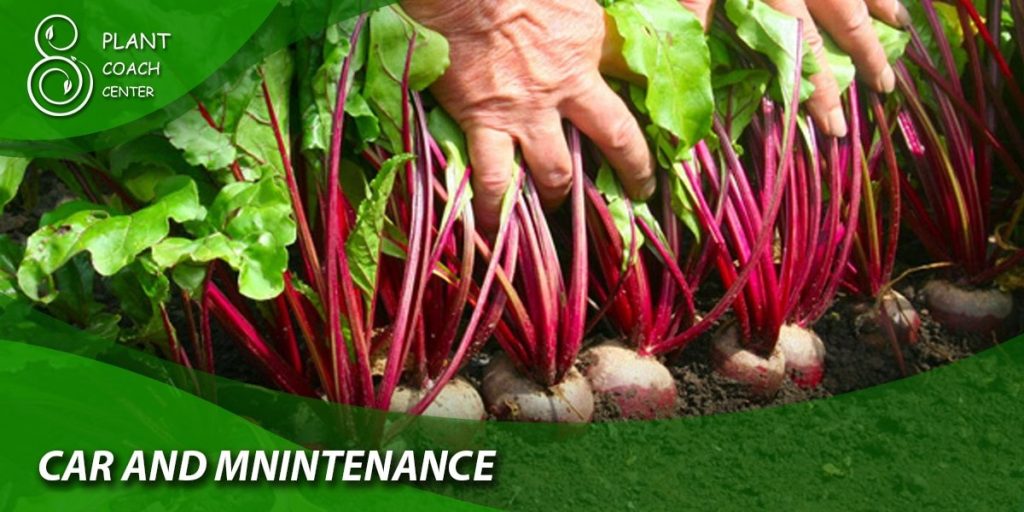
One to two weeks after planting, beetroot seedlings should emerge. When they are about 2 inches tall, thin them so they are 3-4 inches apart. Regular watering is critical as it prevents the roots from becoming woody and bitter. However, avoid overwatering as this can cause the roots to rot.
Common Beetroot Problems and Solutions
Pests and Diseases
Beetroots are relatively low-maintenance, but they can still fall prey to a variety of pests and diseases. Leaf miners, aphids, and flea beetles can damage the leaves, while root maggots can tunnel into the roots. Regularly inspect your beetroot plants for signs of these pests and utilize organic pest control methods like beneficial insects or neem oil to keep them at bay.
Fungal diseases like powdery mildew and Cercospora leaf spot can also affect beets. To prevent these diseases, practice crop rotation and avoid overwatering. If your plants do contract a disease, remove and destroy the affected plants to prevent further spread.
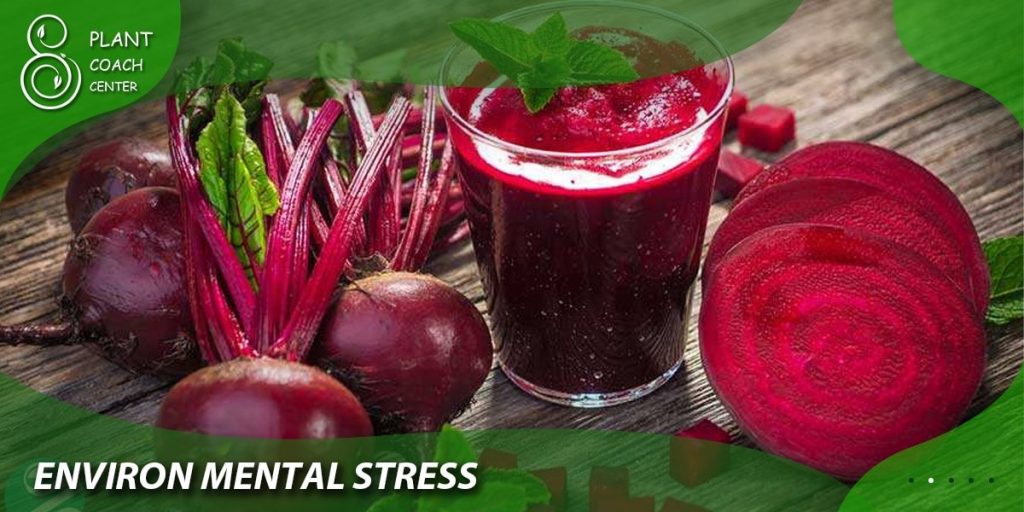
Environmental Stress
Beetroots are resilient plants, but certain environmental conditions can cause problems. Too much or too little water can lead to root cracking or poor growth. Similarly, nutrient deficiencies can lead to yellowing leaves or stunted growth. Regular soil testing can help identify and address nutrient imbalances.
Heat stress can also be a concern. If temperatures soar above 80 degrees Fahrenheit for extended periods, your beets may start bolting, or prematurely producing flowers and seeds, resulting in smaller, tougher roots. To avoid this, try to plant beets so they mature before or after the hottest part of the summer.
Harvesting and Storing Beetroot
When to Harvest
The best time to harvest beets is when they are about 1.5-2 inches in diameter. At this size, the roots are tender and sweet. You can also harvest the leaves throughout the growing season, taking care not to remove more than one-third of the leaves at a time to prevent stressing the plant.
Storing Beetroot
After harvesting, remove the tops, leaving about 1 inch of stem attached to prevent the roots from bleeding during storage. Unwashed beets can be stored in a cool, dark place for up to 2-3 months. The leaves can be refrigerated and used within a week.
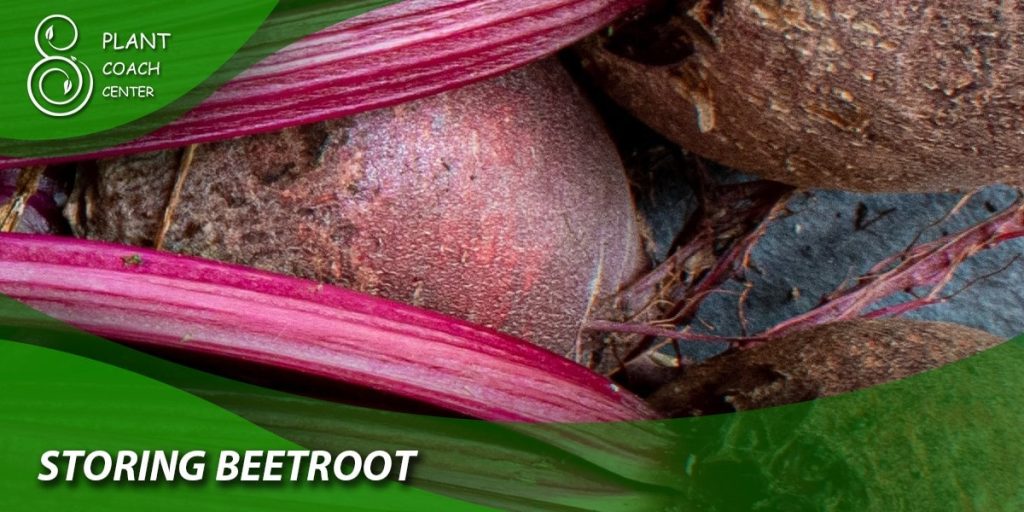
Conclusion
Mastering the beetroot involves more than just knowing when to plant. It requires an understanding of the plant’s preferences and needs, its potential problems, and how to harvest and store the fruits of your labor. With this comprehensive guide, you’re now equipped to grow your own beetroot, whether you’re a first-time gardener or a seasoned green thumb. Happy gardening!
Can I grow beetroots from store-bought beets?
Yes, it's possible to grow beets from store-bought ones, though the success rate can vary.
Do beetroots need a lot of sun?
Beetroots prefer full sun to partial shade. They need at least 4-6 hours of sunlight each day for the best growth.
Can I eat the leaves of my beetroot plant?
Absolutely! Beetroot leaves are edible and are packed with nutrients. They can be eaten raw in salads or cooked like spinach.
What is the spacing requirement for beetroot plants?
Beetroot seeds should be sown about 1 inch deep and 2 inches apart. Once the seedlings have grown a couple of inches, thin them to about 4 inches apart.
How long does it take for beetroot to grow?
Beets typically take about 50 to 70 days to reach maturity. However, they can be harvested as soon as the roots reach a desirable size.
How often should I water my beetroot plants?
Beets typically need to be watered once or twice a week. However, they may need more frequent watering in particularly dry conditions or less frequent watering in wet conditions.


